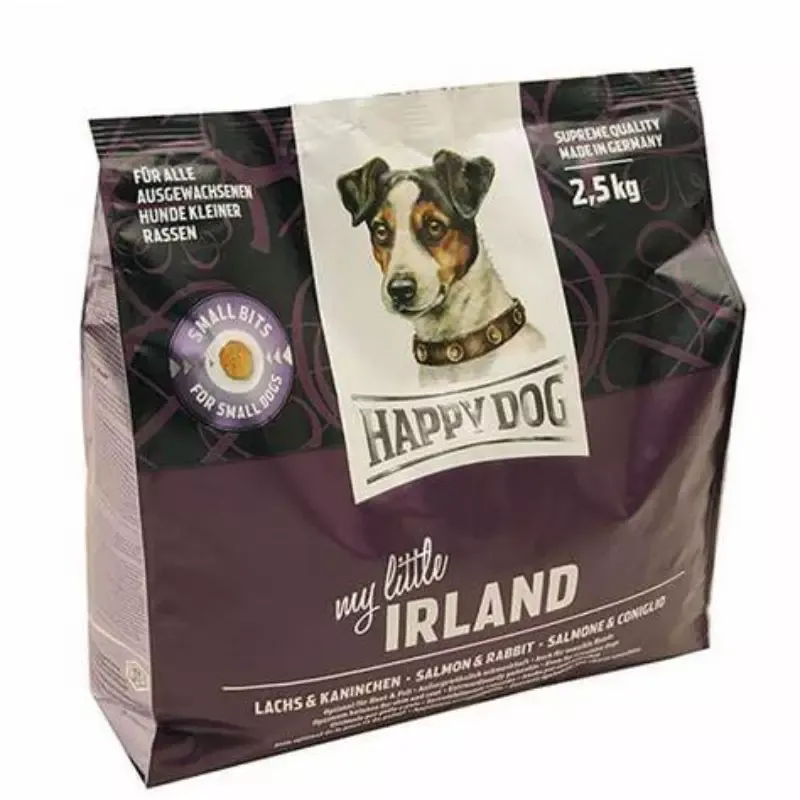- Afrikaans
- Albanian
- Amharic
- Arabic
- Armenian
- Azerbaijani
- Basque
- Belarusian
- Bengali
- Bosnian
- Bulgarian
- Catalan
- Cebuano
- chinese_simplified
- chinese_traditional
- Corsican
- Croatian
- Czech
- Danish
- Dutch
- English
- Esperanto
- Estonian
- Finnish
- French
- Frisian
- Galician
- Georgian
- German
- Greek
- Gujarati
- haitian_creole
- hausa
- hawaiian
- Hebrew
- Hindi
- Miao
- Hungarian
- Icelandic
- igbo
- Indonesian
- irish
- Italian
- Japanese
- Javanese
- Kannada
- kazakh
- Khmer
- Rwandese
- Korean
- Kurdish
- Kyrgyz
- Lao
- Latin
- Latvian
- Lithuanian
- Luxembourgish
- Macedonian
- Malgashi
- Malay
- Malayalam
- Maltese
- Maori
- Marathi
- Mongolian
- Myanmar
- Nepali
- Norwegian
- Norwegian
- Occitan
- Pashto
- Persian
- Polish
- Portuguese
- Punjabi
- Romanian
- Russian
- Samoan
- scottish-gaelic
- Serbian
- Sesotho
- Shona
- Sindhi
- Sinhala
- Slovak
- Slovenian
- Somali
- Spanish
- Sundanese
- Swahili
- Swedish
- Tagalog
- Tajik
- Tamil
- Tatar
- Telugu
- Thai
- Turkish
- Turkmen
- Ukrainian
- Urdu
- Uighur
- Uzbek
- Vietnamese
- Welsh
- Bantu
- Yiddish
- Yoruba
- Zulu
110 lb paper thickness
Understanding 110 lb Paper Thickness A Comprehensive Guide
When it comes to choosing the right paper for printing and crafting projects, understanding paper weight and thickness is essential. One commonly used paper weight is 110 lb paper, which is often a topic of confusion for those not familiar with the intricacies of paper specifications. In this article, we will delve into what 110 lb paper thickness means, its practical applications, and how it compares to other paper weights.
What Does 110 lb Paper Mean?
The lb in 110 lb paper refers to the weight of a ream (which is 500 sheets) of paper cut to a standard size, typically 25 x 38 inches (known as a parent sheet). This measurement can be somewhat misleading because it does not directly correlate with the paper's thickness. Instead, it provides information about the paper's density. In the case of 110 lb paper, it is considered to be heavier and thicker than most typical copy papers, which usually weigh around 20 lb to 24 lb.
Thickness and Caliper
The actual thickness of paper is often measured in mils or points, where one mil corresponds to one-thousandth of an inch. However, it's important to note that the thickness (or caliper) can vary among different types of paper and finishes. For 110 lb paper, you can expect a thickness of around 0.010 inches, though this may vary slightly depending on factors like texture and composition.
For comparison
- 20 lb bond paper Approximately 0.004 inches thick - 60 lb cover stock Roughly 0.007 inches thick - 80 lb cover stock About 0.009 inches thick
The increased weight of 110 lb paper provides a sturdier option for a variety of projects, making it popular in both commercial and creative applications.
Applications of 110 lb Paper
110 lb paper thickness

Due to its heavy weight and thickness, 110 lb paper is ideal for a range of uses. Here are some common applications
1. Invitations and Greeting Cards The sturdy texture of 110 lb paper makes it an excellent choice for printing high-quality invitations and greeting cards. It can withstand folding and handling without easily bending or tearing, ensuring that your printed materials look professional.
2. Brochures and Flyers When it comes to marketing materials, a thicker paper conveys a sense of quality. Using 110 lb paper for brochures or flyers can elevate your brand's image and make your materials stand out.
3. Presentation Materials Whether you're creating a presentation for work or displaying art, using 110 lb paper can give your project a polished appearance. It is suitable for printing high-resolution images and graphics, which can be particularly impactful in a business setting.
4. Scrapbooking Many scrapbook enthusiasts prefer using heavier paper for durability and aesthetic purposes. 110 lb paper provides a solid surface for embellishments, photographs, and other decorative elements.
5. Photographic Prints Photographers often utilize thicker paper for printing their work. The weight of 110 lb paper can help preserve the quality of printed images, ensuring they have the depth and vibrancy desired.
Conclusion
In summary, 110 lb paper is an excellent choice for a variety of creative and professional applications. Its weight and thickness make it a versatile option that stands out in terms of durability and quality. Whether you are designing an invitation, creating marketing materials, or working on a scrapbook, using 110 lb paper can enhance the overall look and feel of your projects.
Understanding paper weights, especially something like 110 lb paper, empowers individuals to make informed choices when selecting paper types for their specific needs. As you consider your next printing or crafting endeavor, remember the advantages that come with heavier paper, and how it can truly elevate your work.













